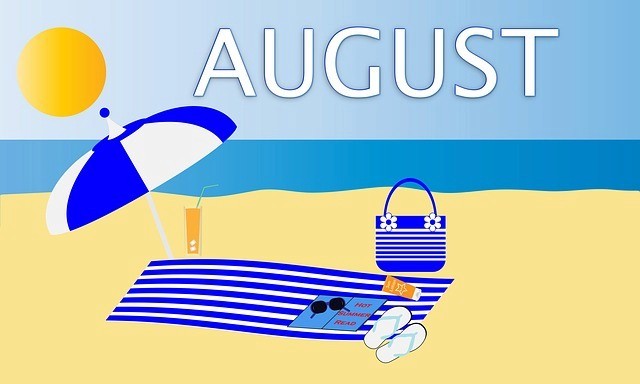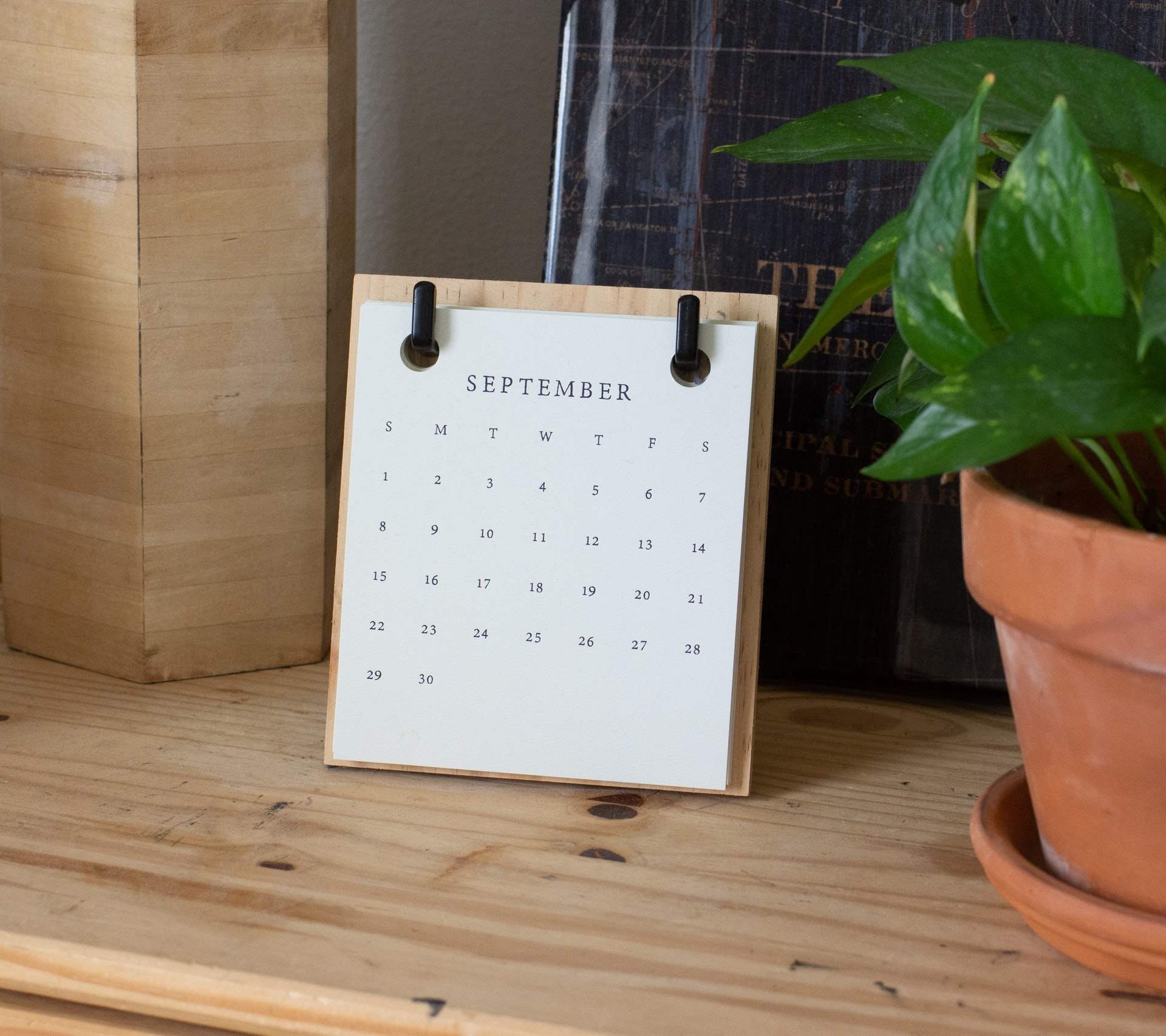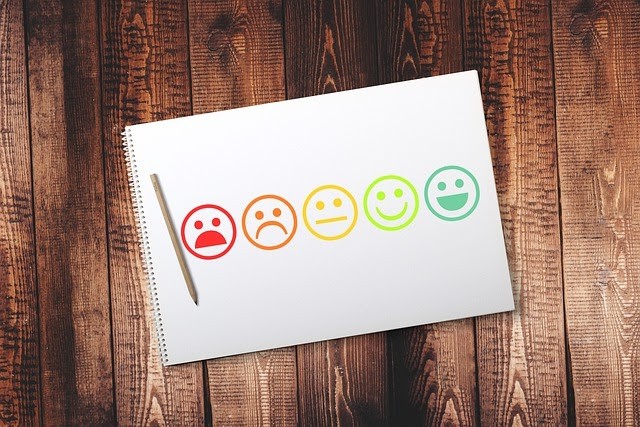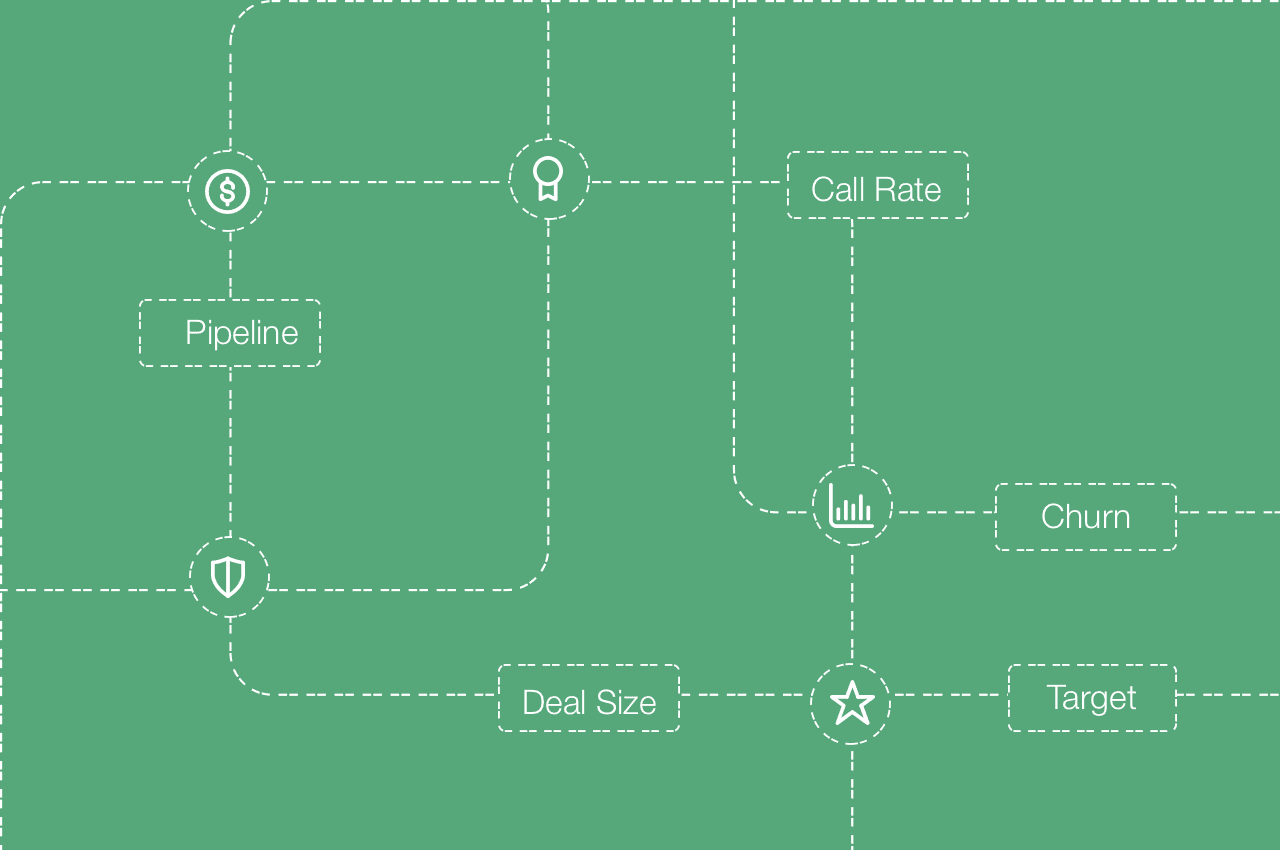The Month of March represents March Madness for a lot of American basketball fans. With Brackets, Upsets, Cinderellas, and Office pools– it’s hard for your reps to miss all the excitement around this most talked about tournament
As a sales manager, you can take advantage of this excitement. You can run March Madness themed sales contests to infuse fun and excitement into your team and drive any sales initiative to success.
In this blog, we are going to explain a step-by-step procedure of designing a march madness themed sales contest for a smaller sales team of about 50-100 people.
Step 1: Define the Goal
Every great competition starts with a clearly defined goal. So, sit with your team of decision-makers and decide what is it that you want to achieve through this contest.
Whether you want to increase the revenue by the end of the quarter or close a certain number of deals-- define your goal clearly in your contest design. This makes the agenda clear for everyone, right from the management to the employees.
In this blog, we are going to consider the ‘new product launch’ scenario and build the march madness contest around it.
So, our goal is to “Successfully drive the new product launch”
Step 2: Choose the KPIs
The next step in designing the contest is to choose the KPIs that you want to measure. This is a crucial step as the KPIs that you choose, define the contest’s rules, and the ultimate winners.
So, make sure that you choose these KPIs in such a way that:
They align with the business objective/ goal that you intend to achieve through the contest
They are accurately measurable
The contest participants clearly understand what they will be measured against
Since our business objective for this contest is to drive the new product launch successfully, we are choosing the following KPIs:
Improve knowledge of the new product
Improve the call effectiveness of sales reps when they pitch the new product
Drive-up the number of new products sold
Step 3: Seed the participants
Once your contest KPIs are fixed, it’s time to seed rank your contest participants based on their past performance.
While measuring their past performance, make sure that you choose the same KPI that you have chosen for this contest.
For instance, we have chosen the “number of new products sold” as the KPI here. So we need to see how many units of products in the same product line have been sold by each salesperson.
Now, according to this, we can seed the participants. Here’s how:
Ranking: Let’s consider that we have 64 participants for this tournament. Based on their past performance, rank these participants from 1 to 64. The ranks should be assigned in such a way that the best performer gets Rank 1, the second-best performer gets rank 2, and so on until all the 64 reps are ranked.
Regions: Divide these 64 participants into 4 regions, each region consisting of 16 participants. You can name these regions according to your preference. We are naming them as
New York
Miami
California
And LA.
Distribution of talent in the regions: In order to keep the tournament fair, you need to ensure that the talent is distributed equally amongst all 4 regions. Here’s how you can do that:
Take the top 4 reps from the group of 64 reps and place each one of them in each one of the 4 regions. Rank them all number 1 in their respective regions. Then, the next 4 best reps will be distributed in the 4 regions and they will all be ranked number 2 in their respective regions.
Continue this process until all the 64 reps are successfully placed in 4 regions.
Step 4: Create Matchups for the Challenges
Now that we have seeded the participants in 4 regions, the next step is to set up the matchup challenges between them in each region.
To do that, you need to match up the reps based on their seeding in their respective region.
Note: Usually, in a march madness, we get to see the matchups made between a higher-seeded team and the lower-seeded team in a region. But this kind of matchup would be unfair for a sales competition. Because a top-performing rep would easily defeat a bottom performer. So, to keep the competition fair, pit a participant with another participant who comes immediately next to her in their region.
Let’s understand how to do this for one region and the same can be applied for creating matchups in the rest 3 regions.
So, we have 16 reps in a region ranked from 1 through 16. Now, pit the first rep in the region with the second rep (No. 1 vs No. 2). Then the third rep vs. the fourth (No. 3 vs. No. 4), and so on.
This is how the matchup looks like for all the 16 reps:
1 vs 2
3 vs 4
5 vs 6
7 vs 8
9 vs 10
11 vs 12
13 vs 14
15 vs 16
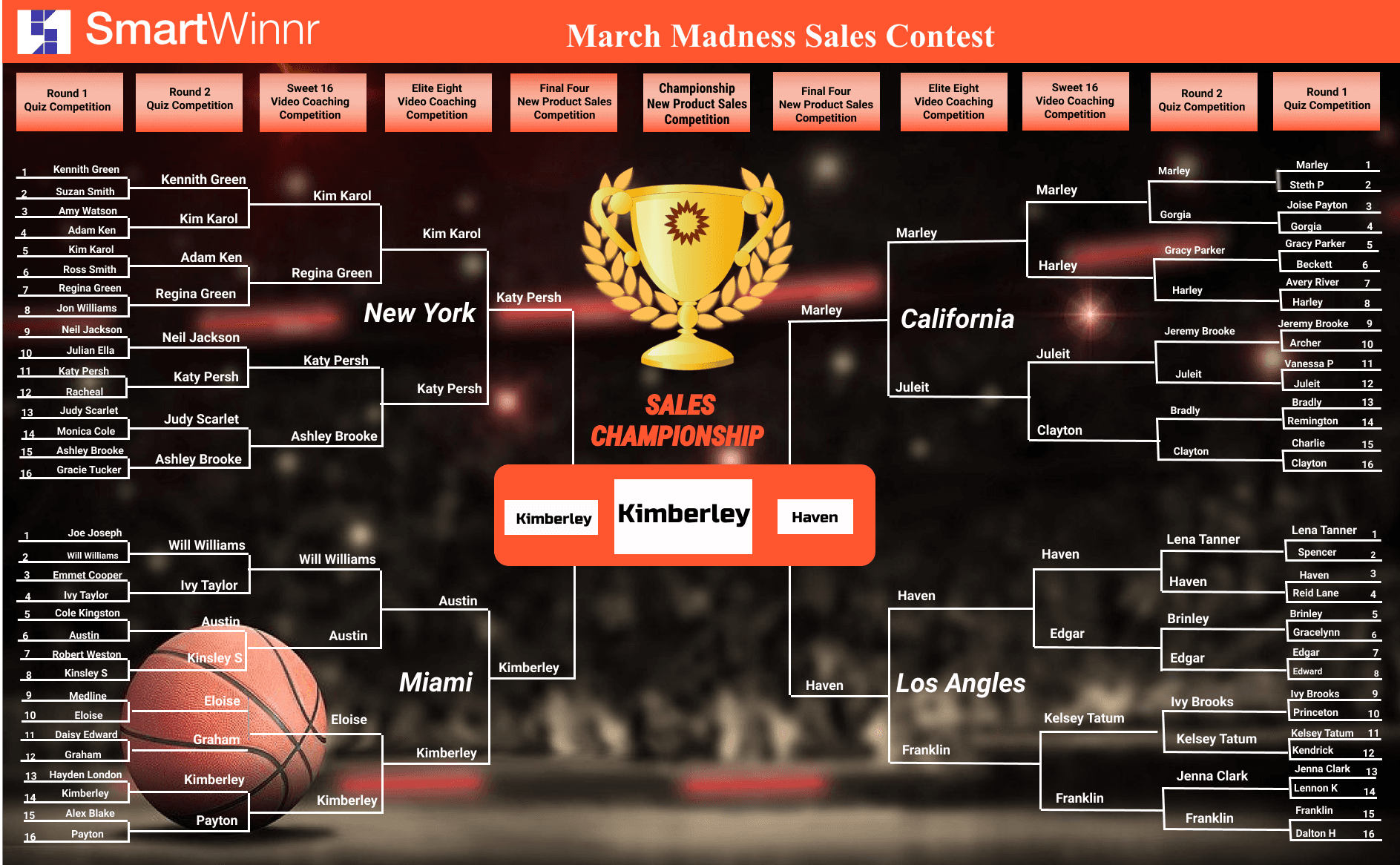
Step 5: Contest Format
Now that all the participants are set up for the challenge, it’s time to create a contest around these challenges. Here is the contest format that you could follow:
Number of rounds: 6
Duration: Pick a timeline that works best for your team and business scenario. It shouldn’t be so long that your participants can’t see the finish line or so short that the adequate KPI accumulation isn’t realistic.
For this contest, we are setting a duration of 1 quarter (i.e 3 months)
Contest Format: This is a single-elimination contest which means that there is going to be the elimination of reps in each round.
Rounds, Points & Winners:
Give march madness themed names to each round. The first 4 rounds focus on improving your reps’ new product knowledge. The last two rounds focus on encouraging your reps to improve new product sales. Here’s how it goes:
Round 1 - First round: This is the round where all the 64 participants from 4 regions participate.
When to conduct this round? Month1, Week 1
How does this round work? Send knowledge reinforcements/ study materials on the basic new product information to the participants throughout the week. On the last day of the week, conduct a short quiz with about 10 questions on the basics of the new product.
Points: Reps earn 5 points per correct answer
Winners: The reps who score more than their matchups in the quiz, progress to the next round of the competition. In the case of a tie, the time of completion of the quiz has to be considered.
Round 2 - Second Round: After the first round’s elimination, 32 players will be left to participate in this round.
When to conduct this round? Month 1, Week 2
How does this round work? Send knowledge reinforcements to your participants on the advanced topics of the new product, throughout the second week. At the end of the week, assign a quiz test to them on the same with about 20 questions. This time, increase the difficulty level of the questions in the quiz.
Points: 10 points per correct answer
Winner: The reps who score more than their matchups in the quiz, progress to the third round. In the case of a tie, the time of completion of the quiz has to be considered.
Round 3 - Sweet 16: After round 2, the participants are down to 16 members and these 16 strive to enter elite 8.
When to conduct this round? Month 1, Week 3
How does this round work? Focus this round on improving your reps’ new product pitch. Before conducting the round, conduct one/ two rounds of role-play with the participants to make them practice their pitching.
Give a video coaching assignment in this round. Ask the participants to record a video pitching the new product, covering all the features and benefits of it.
The managers or trainers review these videos from the reps and give a score based on the reps’ performance. They can also select a particularly good video as the “Best Video”
Points:
20 points for submission
10 to 100 points based on the performance
200 points if the rep’s video gets selected as the best video
Winner: The reps who score over their matchups in the video coaching, win this round and progress to the next round.
Round 4 - Elite Eight: In this round, 8 participants are left and they compete to reach the Final Four.
When to conduct this round? Month 1, Week 4
How does this round work? Focus this round on improving your reps objection handling techniques. Just like the earlier round, conduct role-play sessions before the round to make the participants practice objection handling.
Assign a video coaching assignment in this round as well. This coaching assignment should be more difficult than the last round. Ask the participants to show how they would overcome a price objection that a customer has raised for the new product.
Videos submitted by the reps will be evaluated by their managers or trainers. They will be given points based on their performance. The manager/ trainer can also select a particularly good video as the “Best Video”
Points:
20 points for submission
10 to 100 points based on the performance
200 points if the rep’s video gets selected as the best video
Winner: The reps who score more than their matchups in the video coaching, get to move on to the next round in the competition.
Round 5 - Final Four: This is the round where 4 reps from all 4 regions compete. From here only two of them get to go to the final round.
When to conduct this round? Month 2
How does this round work? The new product sales competition begins from this round. Set a target for the reps to sell a certain number of new products (say 1000 new products) by the end of the month. Encourage the participants to reach this target as quickly as they can.
Points: 100 points for achieving the target
Winner: The winners are:
The reps who first reach or exceed their target
Or the reps whose sales exceed their matchups’ sales
Round 6 - Championship: This is the final round. This is where the ultimate championship happens between the two finalists.
When to conduct this round? Month 3
How does this round work? Motivate the two finalists to try and beat each other in selling more units of the new product.
Points: 10 points per new product sold
Winner: Amongst the two finalists, the one that sells more units of the new product wins the ultimate tournament championship.
Pro-tip: To make the competition even more interesting and challenging, you can include these scoring mechanisms as well
In rounds 5 & 6, the rep earns additional 10 points if she cross-sells any other product along with the new product
In any of the rounds if there is an “Upset” (if a lower-seeded participant wins over a higher-seeded participant) then she earns an additional 20 points
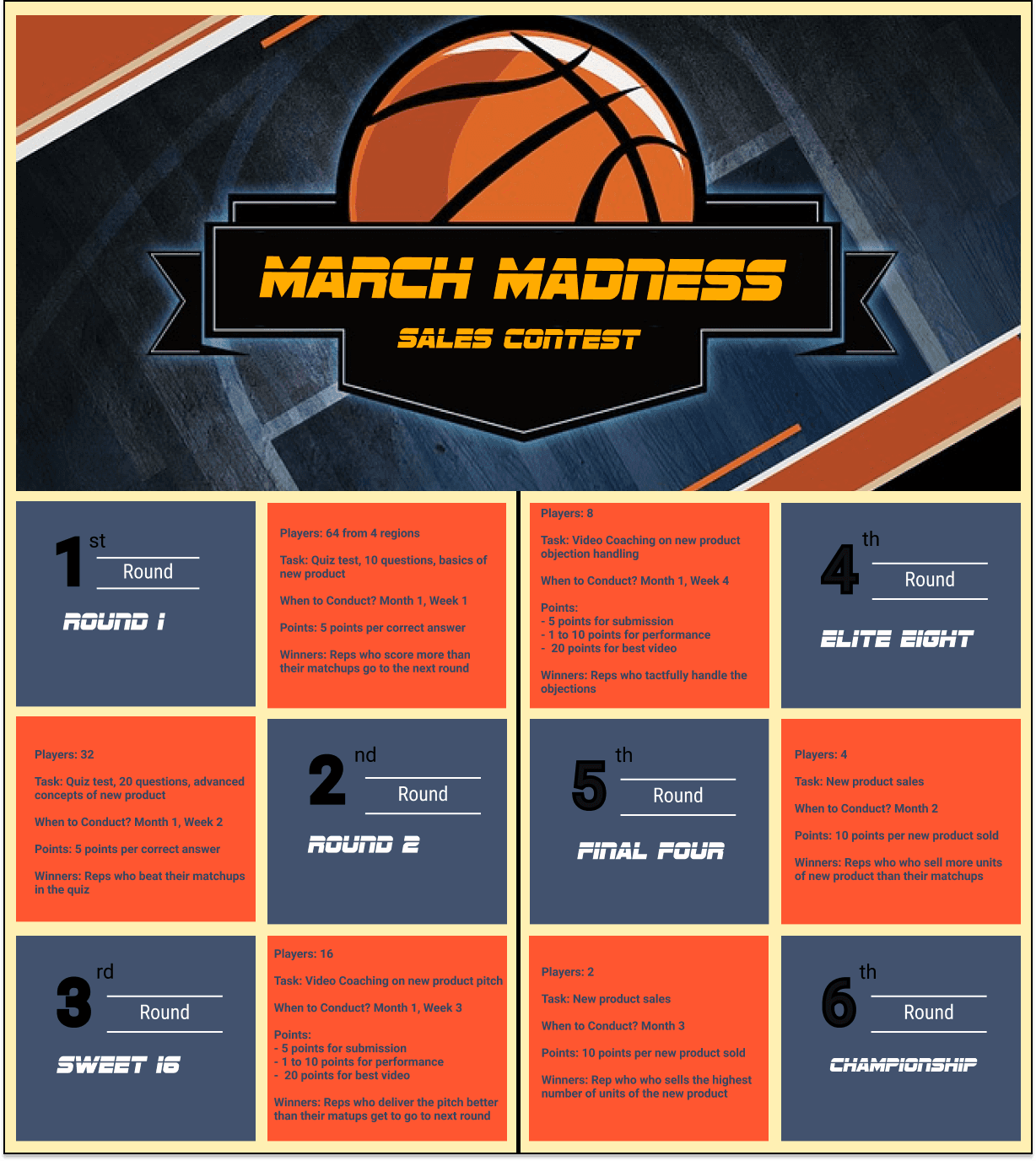
How to engage the eliminated participants?
Run parallel brackets for the participants who get eliminated in the initial rounds. Seed them based on their performance and scoring in this contest. Then parallely organize another march madness contest for them. This ensures:
Active participation from everyone
Effective engagement of everyone
And contribution from everyone towards the business goal
This way you will be able to achieve your business objective quickly and more efficiently.
Quick Tip: March Madness for a sales team of size 10-50
You can also organize this contest for an even smaller team– Say 24 reps. Follow the same procedure here as well. Rank the 24 reps from 1 through 24 based on their past performance (in the relevant KPI). Next, divide them into 4 regions, each region consisting of 6 reps. Make sure that you distribute the talent equally in all 4 regions. Next, create match-up challenges between the reps in each region based on their seedings. Here is how the matchups would look in each region:
1 vs 2
3 vs 4
5 vs 6
Step 6: Contest Winners
Here are some creative awards that you can present to the winners of this march madness contest:
Championship Award: Goes to the person who wins the march madness championship
Most valuable player: This award goes to the player who has consistently kept his performance high throughout the tournament.
Salesmanship Award: Give this award to the player who has exhibited the best selling skills in video coaching.
Buzzer Beater: This award goes to the rep who has put up a tough competition before his opponent.
Cinderella: In march madness, the cinderella team is that team which is lowest-seeded in the whole tournament but achieves at least one unexpected win. So, give this award to the participant who has started as a weak player but has improved his performance exponentially over the course of the contest
Looking for more such creative employee award and incentive ideas? Get them from our blogs:
23 Sales incentive ideas to keep your sales team motivated
Creative Employee Recognition Award Names
Why do you need a sales contest software to run March Madness?
Explore the reasons why you need to adopt a sales contest software to run your contests successfully
Use SmartWinnr for March Madness themed sales contest
Automate the process of running march madness with the help of SmartWinnr’s gamified platform. No tedious excel calculations, real-time leaderboards, mobile app, notifications, and many more.
Interested to learn more about running your march madness contest through SmartWinnr? Book a demo with us today!
Looking for a March Madness contest design for a larger teams?
Learn how to design a March madness contest for a larger team of more than 500 sales reps
Looking for more sales contest themes?
Explore our sales contest designer tool. Get a customized sales contest theme and design that suits your business requirement.
Related Posts
[expert_related_posts posts_per_page="3" orderby="date" order="DESC"]
Looking for a sales training software that takes your sales training to a whole new level?
Explore SmartWinnr’s Learning and Gamification features. Learn how to run fun and engaging sales training and sales coaching for your team through SmartWinnr.
Curious to learn more about it? Book a demo today!






































